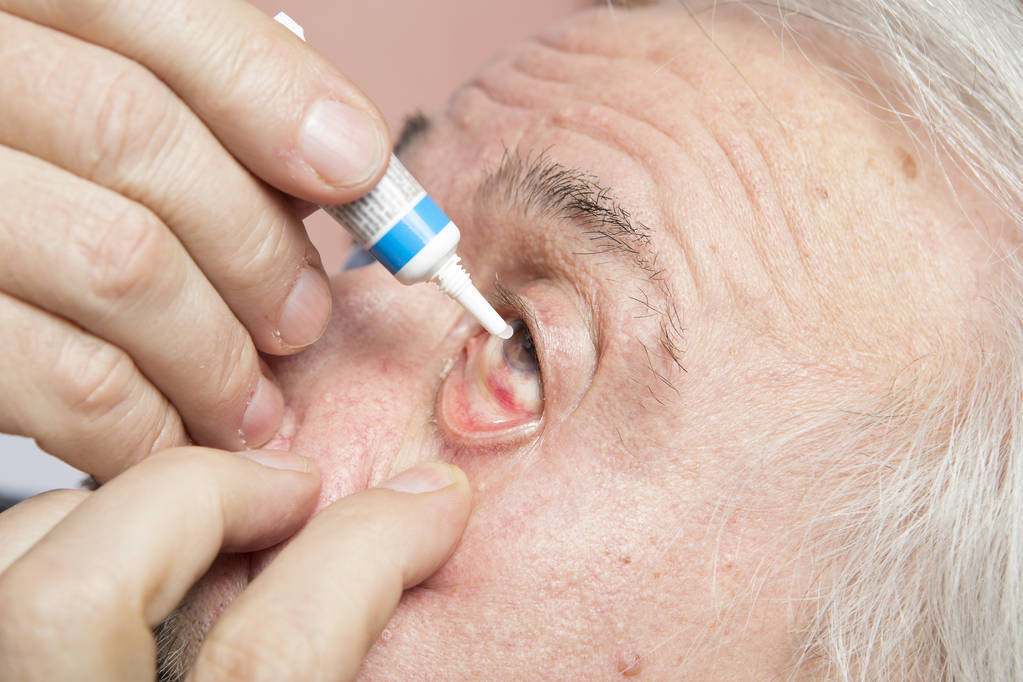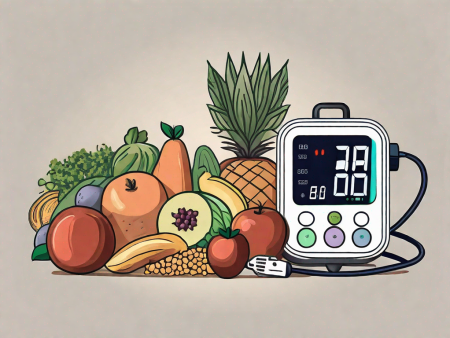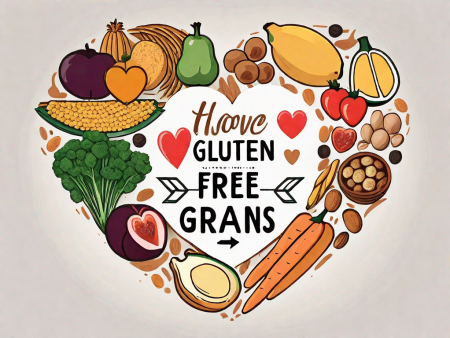Learn effective strategies to prevent or slow down the progression of cataracts.
How to Prevent or Slow the Progression of Cataracts
Cataracts. What a buzzkill, right? They’re like tiny villains in our eyes, slowly blurring our vision and making everything look like a fuzzy dream. But fear not, my friends! There are ways to prevent or at least slow down the sneaky progression of these pesky cataracts. Let’s dive in and explore the world of cataracts, eye check-ups, lifestyle changes, sun protection, and medical interventions, all while keeping our sense of humor intact.

Understanding Cataracts
First things first, let’s tackle the basics. So, what exactly are cataracts? Well, they are like little clouds that form on the lens of our eyes, causing everything to look as if we’re wandering through a thick fog. Not exactly ideal, right? These cloudy villains can make everyday tasks like reading, driving, and even recognizing faces a challenge. Sneaky buggers indeed!
What are Cataracts?
Picture this: your eyes have these lenses—kind of like those fancy camera lenses—and they help focus the light that enters your eyes. But, oh no, here come the cataracts, interrupting that smooth process. They clump together and make the lens look like a frosted window. Bye-bye, clear vision! Ah, but fret not, my people, for there is hope!
Causes and Risk Factors of Cataracts
Now, let’s talk about the “how” and the “why” of cataract formation. Aging is a part of life, my friends, and unfortunately, it plays a role in the development of these pesky villains. As we age, the proteins in our eyes can start to clump together, forming cataracts. Exposure to ultraviolet (UV) light, smoking, and excessive indulgence in the delights of alcohol can all also contribute to the formation of cataracts. UV light, especially from the sun, can damage the proteins in the lens, making them more prone to clumping. Smoking, on the other hand, introduces harmful chemicals into the body, which can affect the health of the lens. And let’s not forget about genetics—thanks, Grandma and Grandpa! If cataracts run in your family, you may be more likely to develop them.
But wait, there’s more! Did you know that certain medical conditions, such as diabetes, can also increase your risk of developing cataracts? It’s true! The high levels of sugar in the blood can affect the lens, leading to the formation of cataracts. Additionally, long-term use of certain medications, such as corticosteroids, can also contribute to cataract development. So, it’s not just a matter of age and genetics; there are various factors at play.
Now, let’s dive deeper into the fascinating world of cataracts. Did you know that there are different types of cataracts? That’s right! The most common type is age-related cataracts, which, as the name suggests, occur as a natural part of the aging process. However, there are also congenital cataracts, which are present at birth or develop during childhood. These can be caused by genetic factors, infections during pregnancy, or certain medical conditions. Another type is secondary cataracts, which can develop as a result of other eye conditions, such as glaucoma or retinal detachment, or as a complication of certain surgeries, such as cataract surgery itself. Lastly, there are traumatic cataracts, which occur due to eye injuries.
So, as you can see, cataracts are not just a simple clouding of the lens. They are influenced by a multitude of factors, from age and genetics to lifestyle choices and medical conditions. Understanding the causes and risk factors of cataracts can help us take proactive steps to protect our vision and maintain healthy eyes for years to come.
The Importance of Regular Eye Check-ups
Now that we’re well-acquainted with those hazy clouds called cataracts, let’s explore the importance of regular eye check-ups. These examinations are like superhero detectives, catching those villains in the act and giving us a fighting chance against them. Think of it as a checkpoint in the battle against cataracts!
Regular eye check-ups not only help in detecting cataracts but also play a crucial role in maintaining overall eye health. These examinations are like a comprehensive health check-up for your eyes, ensuring that any potential issues are identified and addressed early on.
During an eye check-up, your friendly neighborhood eye doctor will perform a series of tests to assess your vision and the health of your eyes. These tests may include checking your visual acuity, measuring your eye pressure, examining the structures of your eyes, and evaluating your eye movements. By conducting these tests, your eye doctor can detect not only cataracts but also other eye conditions such as glaucoma, macular degeneration, and diabetic retinopathy.
The Role of Eye Examinations in Cataract Detection
Eye examinations, my friends, are our trusty sidekicks when it comes to cataract detection. They can identify those cunning villains at an early stage, allowing us to take action before they take over our vision completely. Remember, knowledge is power, and in this case, it’s the power to fight back!
Early detection of cataracts is crucial because it enables timely intervention and treatment. Cataracts, which are the clouding of the eye’s natural lens, can gradually worsen over time, leading to blurred vision, difficulty seeing at night, and increased sensitivity to glare. By detecting cataracts early, your eye doctor can discuss treatment options with you, such as lifestyle changes, prescription glasses, or even cataract surgery if necessary.
Furthermore, regular eye check-ups not only help in detecting cataracts but also in monitoring their progression. Your eye doctor can keep track of any changes in your cataracts during subsequent visits, ensuring that you receive the appropriate care and treatment as needed.
Frequency of Eye Check-ups
Now, don’t go thinking you only need one eye check-up to save the day. Oh no! It’s recommended to visit your friendly neighborhood eye doctor once every two years in your mid-30s and 40s, and once a year once you hit your fabulous 50s. This ensures those sneaky cataracts don’t catch you by surprise and steal the show!
Regular eye check-ups are essential at different stages of life because our eyes undergo various changes as we age. In our 30s and 40s, our eyes may start to experience subtle changes in vision, such as difficulty focusing on close objects or increased eye strain. By visiting an eye doctor every two years during this period, any emerging issues can be detected and addressed promptly.
Once we reach our 50s, the risk of developing cataracts and other age-related eye conditions increases. Therefore, it is recommended to have an annual eye check-up to closely monitor the health of our eyes and detect any signs of cataracts or other age-related changes early on.
Remember, prevention is always better than cure. By prioritizing regular eye check-ups, you are taking a proactive approach to your eye health and ensuring that any potential issues are identified and managed in a timely manner. So, don’t wait for those cataract villains to take over your vision. Schedule your next eye check-up today and keep your eyes in top-notch shape!
Lifestyle Changes to Prevent Cataracts
Now that we’ve brushed up on eye check-ups, let’s turn our attention to some lifestyle changes that can help prevent or slow down the progression of cataracts. Yes, my friends, it’s time to make some delicious changes to our routines!
But what exactly are cataracts? Well, imagine a tiny cloud forming in the lens of your eye, slowly blurring your vision like a foggy window. Cataracts are no joke, and they can significantly impact your quality of life. However, fear not! There are steps you can take to keep those peepers crystal clear.
Nutrition and Diet for Eye Health
Time to give those peepers some love through proper nutrition! A diet rich in fruits and veggies—bring on the kale and carrots—can provide a delightful boost to your eye health. These colorful wonders are packed with antioxidants, vitamins, and minerals that nourish your eyes from within.
But wait, there’s more! Did you know that certain nutrients play a crucial role in maintaining healthy eyes? Lutein and zeaxanthin, found abundantly in leafy greens like spinach and kale, act as natural sunglasses, shielding your eyes from harmful ultraviolet (UV) rays. Meanwhile, vitamin C, found in citrus fruits and berries, helps strengthen the blood vessels in your eyes, reducing the risk of cataract formation.
And don’t forget about omega-3 fatty acids, found in fatty fish like salmon, which are like little warriors protecting your eyes. These mighty fatty acids help prevent inflammation and maintain optimal eye function. So, why not indulge in a delicious salmon dinner tonight? Healthy, tasty, and good for your vision? Sign me up!
The Impact of Smoking and Alcohol on Cataracts
Oh, smoking and excessive drinking, you troublemakers! Not only do you wreak havoc on our overall health, but you’re also notorious for assisting those cataracts in their quest for world domination. So, let’s kick those habits to the curb, my friends, and show those cataracts who’s boss!
When it comes to smoking, the harmful effects on your eyes are undeniable. The toxic chemicals in cigarettes can accelerate the development of cataracts, leaving you with hazy vision and a higher risk of blindness. By quitting smoking, you not only improve your lung health but also give your eyes a fighting chance against cataracts.
Now, let’s address the elephant in the room—alcohol. While a glass of wine or a pint of beer can be enjoyable in moderation, excessive alcohol consumption can take a toll on your eyes. Alcohol depletes essential nutrients in your body, including those that promote eye health. Additionally, heavy drinking can lead to oxidative stress, causing damage to the lens of your eye and increasing the likelihood of cataract formation.
So, my friends, it’s time to bid farewell to those smoky nights and boozy escapades. Embrace a healthier lifestyle, and your eyes will thank you. Remember, preventing cataracts is not just about avoiding certain habits; it’s about embracing a holistic approach to eye health.
The Role of Sun Protection in Preventing Cataracts
The sun, ah, that glorious ball of fiery light. While we enjoy basking in its warmth, we must protect our delicate eyes from its harmful rays. Yes, my friends, this means we need to embrace the power of sun protection and turn it into a fashion statement!
Choosing the Right Sunglasses
When it comes to sunglasses, my fashion-forward comrades, it’s not just about looking cool and mysterious. No, no, we need to prioritize protection from those villainous UV rays. Look for sunglasses that block 100% of both UVA and UVB rays—your eyes will thank you later!
Importance of Wearing Hats and Visors
Now, we can’t forget about our stylish accessories to shield those peepers. Sporting a wide-brimmed hat or a snazzy visor can provide extra protection for our eyes, ensuring those sneaky sun rays don’t stand a chance. Plus, we’ll look oh-so-chic. Win-win!
Medical Interventions for Slowing Cataract Progression
Last but not least, let’s shine a spotlight on the medical interventions available to slow down the progression of cataracts. Yes, my friends, modern medicine has our backs!

Eye Drops and Medications
Did you know that there are eye drops and medications that can slow down those cataracts? It’s like a secret weapon against those cloudy villains. Just imagine, a few drops here and there and boom—your vision becomes clearer, and those cataracts retreat. It’s like magic for your eyes!
Surgical Options for Cataracts
For those cases where cataracts are stubborn and just won’t budge, fear not! Surgical options are here to save the day. With a simple and safe procedure, those cloudy villains can be removed, and clear vision can be restored. It’s like waving a magic wand in front of your eyes—abraca-dabra, no more cataracts!
So, there you have it, my friends. A playful guide on how to prevent or at least slow down those pesky cataracts. Remember, knowledge is power, and early action is key! Whether it’s through regular eye check-ups, embracing a healthy lifestyle, protecting our eyes from the sun’s rays, or opting for medical interventions when necessary, we can give those cataracts a run for their money. So, go forth, my fabulous readers, and let’s keep those eyes bright and sparkling!







Your point of view caught my eye and was very interesting. Thanks. I have a question for you.
Thanks for sharing. I read many of your blog posts, cool, your blog is very good.
Your point of view caught my eye and was very interesting. Thanks. I have a question for you.